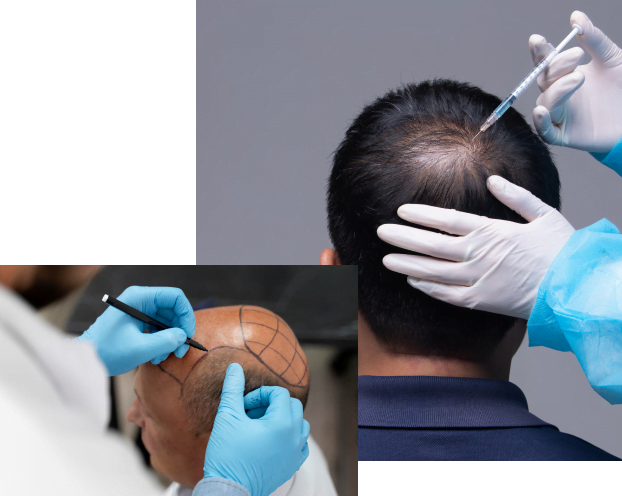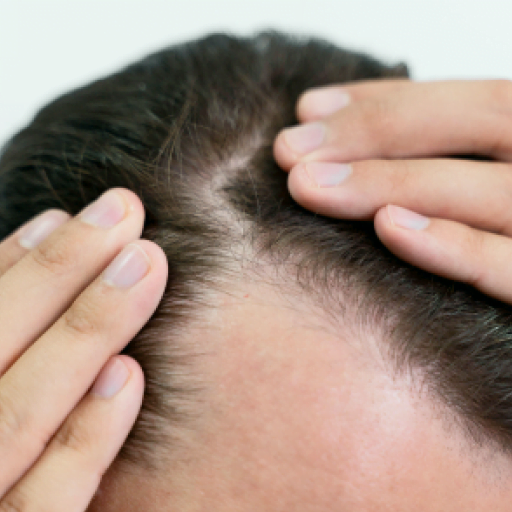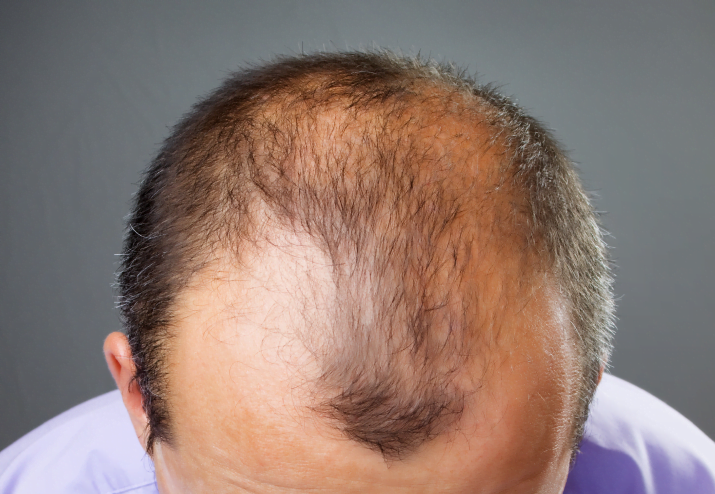The length of time for the scalp to heal after hair restoration surgery will depend
on the type of transplant that was performed. There are two types of hair
transplants that are commonly utilized. One is a follicular unit transplant (FUT)
and follicular unit extraction (FUE). The FUE technique is highly preferred as its
less invasive, requires no stitches, and leaves no scarring.
FUE Technique
The full healing time for the FUE procedure is typically 7 to 10 days. It’s less
invasive and signs of a FUE restoration typically only last a week. Individuals
experience less discomfort than with other methods. It’s performed on an
outpatient basis with a local anesthesia and no hospital stays are required.
In the FUE procedure, one hair follicle at a time is transplanted, usually from the
back of the head to where hair is thinning. It’s more affordable, since it enables
the surgeon to remove and transplant more follicles at a time. FUE has a 90 to 95
percent transplant survival rate. It leaves a microscopic divot where the follicles
were removed.
FUT Technique
Healing time for a FUT restoration is typically 10 to 12 days. Many individuals
report more discomfort due to swelling. The FUT technique has a success rate of
approximately 75 percent. The procedure leaves a thin, linear scar.
With the FUT technique, the surgeon removes long, thin pieces of tissue from the
back of the head. Follicles from the strip are then harvested and transplanted.
FUT is often recommended for individuals that don’t have sufficient hair from the
traditional donor zone.
Consult a Specialist
Consulting with a surgeon specializing in hair transplantation is critical. They’ll
obtain an extensive medical and family history, examine the scalp, and make a
diagnosis. Individuals will then be informed of the findings and a specific method
recommended that’s designed to obtain the best results for their specific needs.
To schedule your hair transplant/hair restoration appointment at one of our South Florida Centers please contact us at (941) 315-7033




